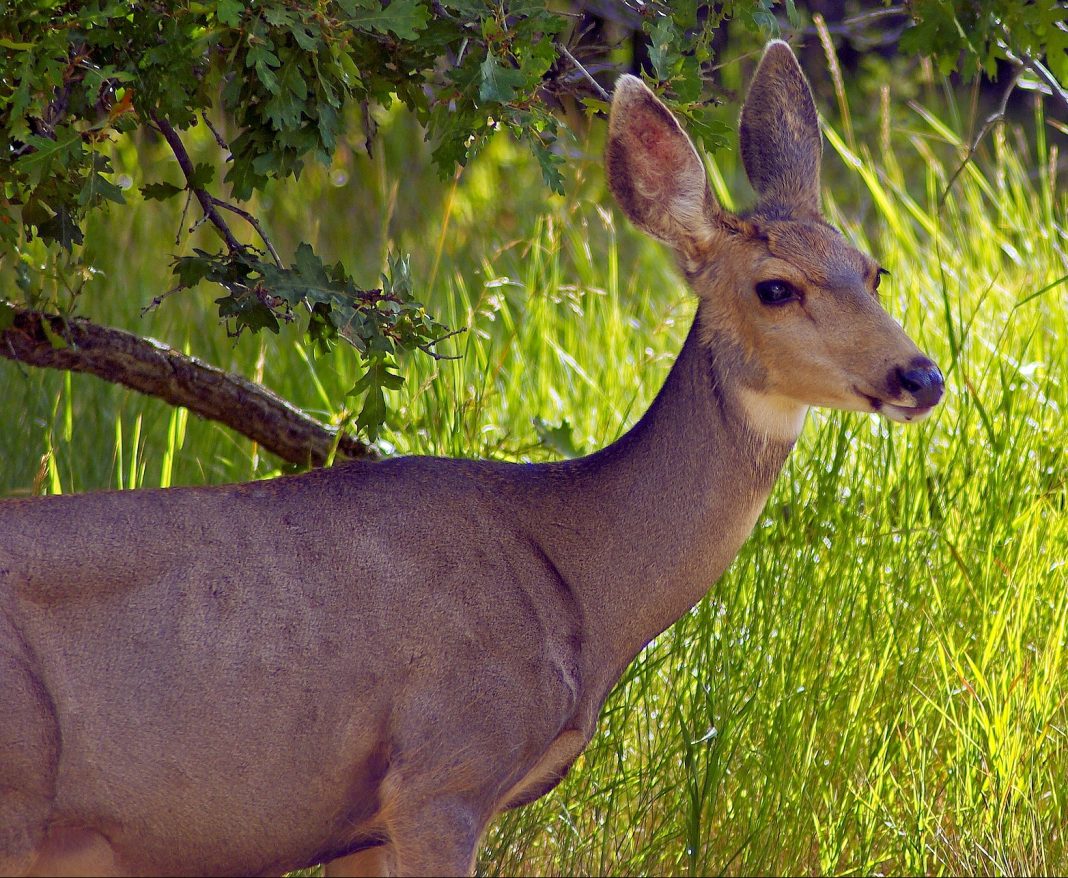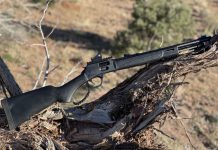A current Wyoming mule deer tracking program will expand this month. In March of this year, 25 does were captured on the winter range of the foothills of the Bighorn mountains. The does were fitted with GPS collars to track the routes they used during their migration to the summer range.
The August capture project will target does that are living in the high-elevation summer range. The GPS collars will record the deer’s position every two hours for the next three years. The two-hour location data will be stored on the collar and will be reviewed at the end of the three year period. The collars will automatically release themselves from the deer once the study is finished. Once-daily updates will be transmitted to biologists during the study.
The purpose of the study is multifaceted. Firstly, researchers want to study deer habitat usage in the Bighorn mountains. Secondly, the data will be used to identify mule deer seasonal ranges. Thirdly, the biologists want to study three-to-six-month-old fawn survival rates. Biologists also hope to find quality habitat conservation opportunities. If a collared deer dies during this study, a signal will be sent to the biologists. Once this signal is received the biologists will respond and determine the cause of death. The biologists will also collect samples from the deer carcass to help with the study.
Mule Deer in the Bighorn Mountains
Mule deer populations in the Sheridan region of the Bighorn mountains have struggled in recent years. Record colds and heavy snow in the winter of 2016-2017 resulted in population loss and low fawn recruitment. Like many other herds in Wyoming, another issue that has recently been affecting the Bighorn deer herd is CWD. In 2018, 10% of tested deer were positive for Chronic Wasting Disease.
“Three deer of the 25 deer collared in March have died, with two of the mortalities attributed to malnutrition. The deer were in poor body condition with little fat reserves and were found after a spring snowstorm. The third mortality was the result of mountain lion predation. The collars were retrieved from each animal and will be redeployed in August.” – Sheridan Region Wildlife Biologist Tim Thomas
What are your thoughts on this mule deer tracking program? Have you ever seen a mule deer with a tracking collar? Let us know in the comments!















